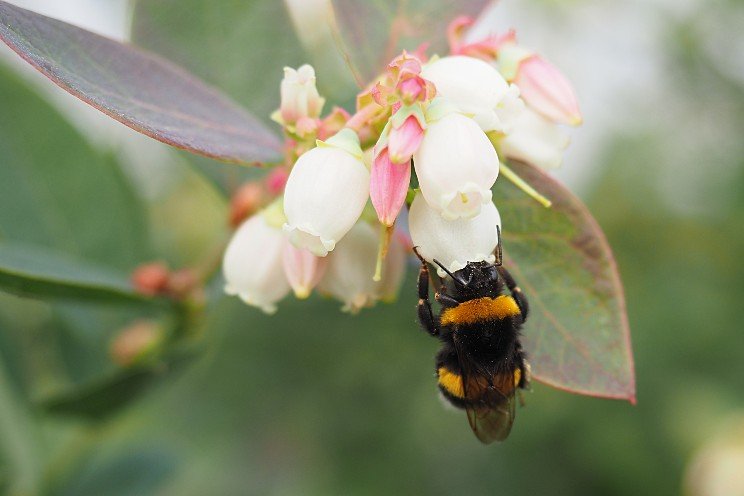Roots are capable of measuring heat on their own
Added on 17 July 2023

The researchers used climate chambers to investigate how the plant model organism thale cress and the two crops cabbage and tomatoes react to rising ambient temperatures. They increased the ambient temperature from 20 to 28°C (68 to 82.4 degrees Fahrenheit). “Until now, it was assumed that the plant shoot controlled the process for the entire plant and acted as a long-distance transmitter that signalled to the root that it should alter its growth,” says Professor Marcel Quint from the Institute of Agricultural and Nutritional Sciences at MLU. His team has now been able to disprove this through extensive experiments in cooperation with researchers from the Leibniz Institute of Plant Biochemistry (IPB), ETH Zurich and the Max Planck Institute for Plant Breeding Research in Cologne. In one experiment, scientists cut off the shoot of the plants but allowed the roots to continue to grow. “We found that the roots were not affected by this and grew at elevated temperatures in the same way as on plants with intact shoots. The higher temperature stimulated cell division and the roots became significantly longer,” says Quint. The team also used mutant plants whose shoots could no longer detect and respond to higher temperatures. Those were grafted onto roots without this defect. Here, too, the roots were able to react to the heat in the soil, even though the shoot did nothing.
Image by jcomp on Freepik
More news















